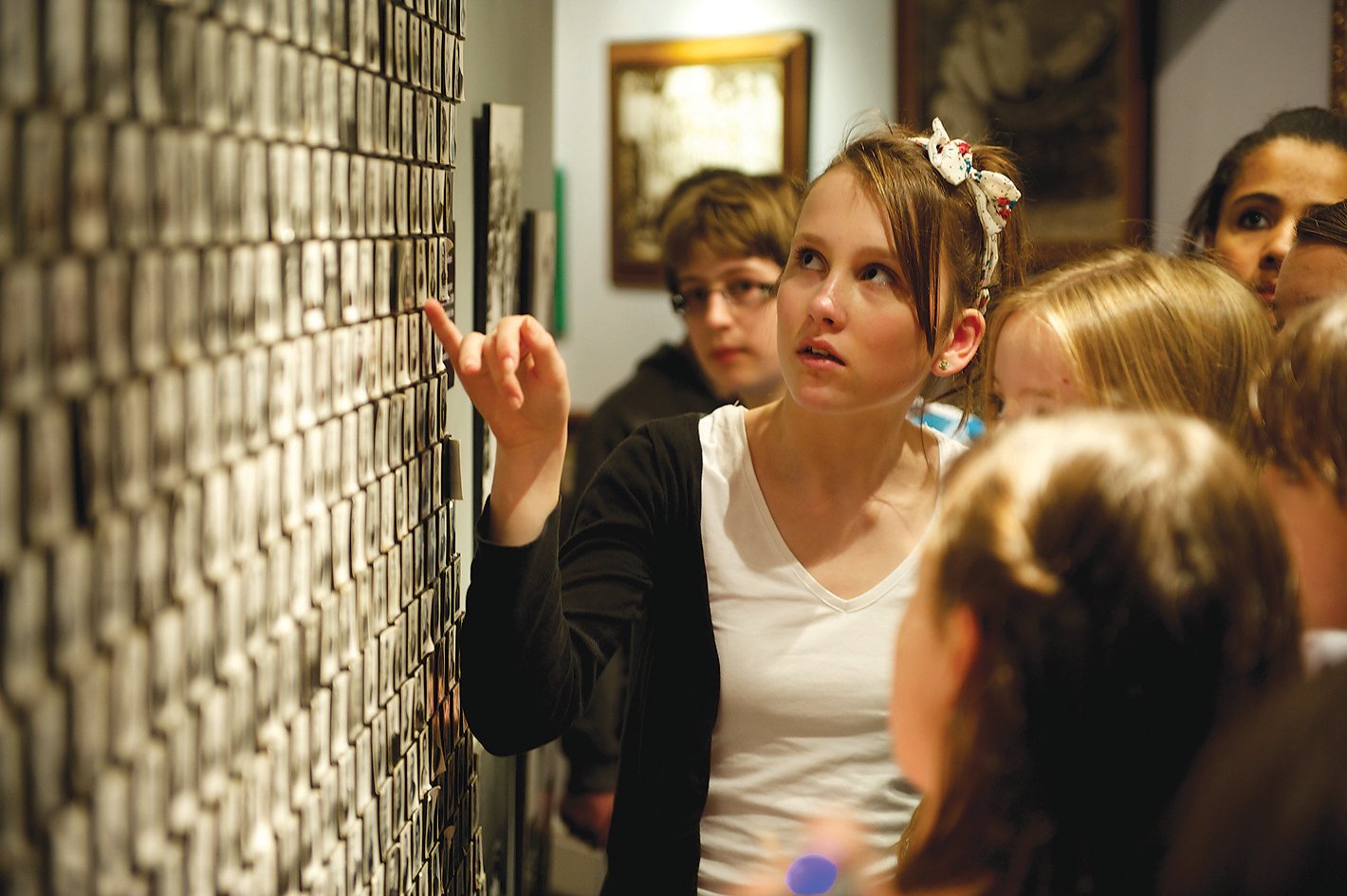
Students at the National Holocaust Centre and Museum
Investing in resilience
How does a dyed-in-the-wool advocate for public subsidy of culture feel about social investment for the arts and cultural sector? Moira Sinclair reflects on what she learned as a committee member of the Arts Impact Fund.
I wasn’t the most obvious candidate to join the Arts Impact Fund’s Investment Committee. A dyed-in-the-wool advocate for the value of public subsidy for arts and culture, I was worried by an ideological drive towards self-resilience. The idea that the market would provide seemed unlikely, in particular for the work I feel most passionate about – that which reaches those with least access to culture and resources. And I was flummoxed by some of the language that surrounded the social investment world.
The vision that drew me in was that the Arts Impact Fund was designed to help organisations become more financially resilient, in order to protect and develop their social and artistic impact. My italics, but the clarity of purposes was very important to me. Looking back at what the team and the Fund have achieved over the past three years, and surveying the portfolio of 22 arts organisations, who between them have drawn down £7m, I admit to feeling heartened.
There are credible business models that can generate cash to repay the investment
New opportunities
So, from my perspective, what have we learned so far?
Firstly, that there is a demand for this type of financing, and there are credible business models that can generate cash to repay the investment. It’s been much easier for those with obvious tangible assets, such as buildings, to see themselves as potential candidates. But the success of Looe Music Festival in attracting investment to help manage its cash flow in the short- to medium-term, while it works to reach financial stability, demonstrates that it is possible to build a compelling case that places ticket sales, community engagement and volunteering at the heart.
That said, it is still early days for this subsidised sector to realise the value of its intellectual property, and there are relatively few investments at this stage to illustrate how this might work. The Fund helped Soho Theatre to produce a pilot series of digital comedy content and license it to broadcasters, digital platforms and distributors. This has created new opportunities for artists to reach new audiences and created a potential new revenue stream. It would be a good outcome for the Fund if we were to see others think about similar opportunities.
Assessing impact
The second reflection is that we have had to work hard to unpack what we mean by social impact, and we can see that, if the model of financing is to be replicated, the sector needs to get much better at interrogating, measuring and communicating their artistic and social impact too.
If there is a charge for the activity or content produced, does this negate or undermine the organisation’s social impact? What if the quality of the artistic output isn’t very exciting, but the revenue generated subsides something with the potential to be creatively ground breaking? How do you capture the impact of an ephemeral arts moment on the future life of a young participant?
I am sure we don’t have all the answers yet, but I am certain that the team is asking the right questions. And I see there is a role for other funders to be part of this debate and help to develop a shared and/or common language.
Embracing risk
My last observation is that, as is always the way with a time limited programme, things were just starting to get really interesting. We have seen that digital transformation is (finally) having an effect. The National Holocaust Centre and Museum is using its investment for projects focusing on using new technologies (including AI and 3D imaging) to expand its current exhibitions. It sees this as an important part of future-proofing its work and continuing its core mission for years to come, as well as complementing its efforts to increase audience reach and grow beyond its current geographical boundaries.
From the perspective of Paul Hamlyn Foundation, an independent grant-giving organisation, I see that the capacity of the wider third sector, not just arts and cultural organisations, to respond to such rapid change has been limited. There are clearly opportunities to think about new business models, different ways in which to respond to customer and client expectations, and content design. Funders of all dispositions could play a more active role in allowing for risk, supporting innovation and building sector capacity.
The Arts Impact Fund was always designed to be a demonstration fund – to illustrate the potential for impact investment in arts. I feel it has achieved this: but, in many ways, as the AIF team have said, the hard work has just begun. We wait to see whether the financial returns can be generated and whether others see this model of financing as worth replicating.
Being a small part of it has been a valuable learning experience for me, which I am taking back into the ‘day job’ – I very much hope that the knowledge acquired and the skills developed means we see a new iteration of the fund emerge soon.
Moira Sinclair is Chief Executive of Paul Hamlyn Foundation, an independent member of the Arts Impact Fund’s Investment Committee, Chair of East London Dance, and Vice-Chair of the London Mayor’s Cultural Leadership Board.

Join the Discussion
You must be logged in to post a comment.